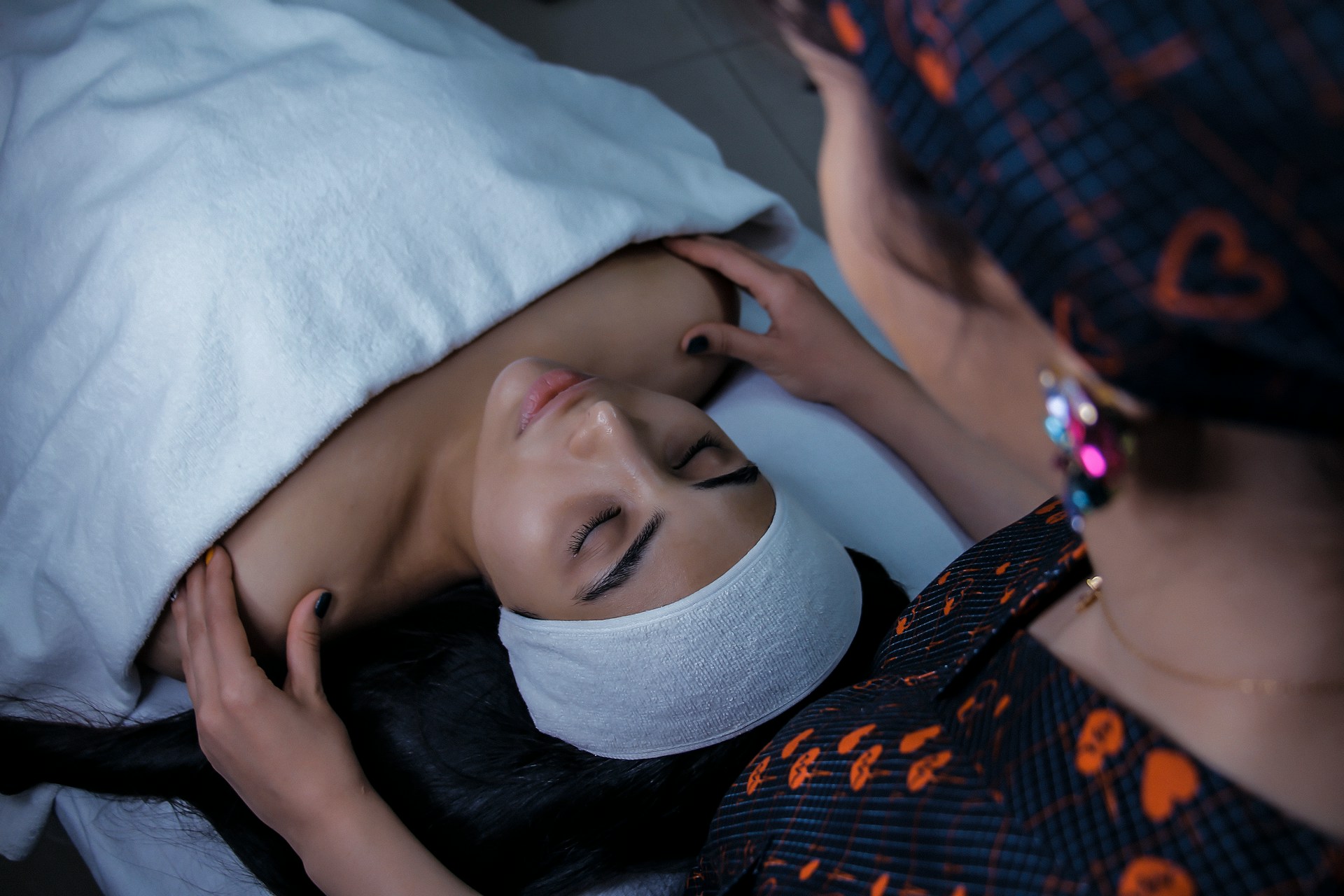LED lights have revolutionized the lighting industry with their exceptional energy efficiency and longevity. However, many users don’t realize that proper care and maintenance can significantly extend their lifespan beyond manufacturer expectations.
While LEDs can last 25,000 to 50,000 hours under ideal conditions, environmental factors and usage patterns often reduce this potential. Understanding LED maintenance isn’t just about replacing bulbs less frequently—it’s about maximizing your investment while reducing energy costs and environmental impact.
Professional lighting installers and facility managers have developed proven strategies that can double or even triple LED performance lifespans. This comprehensive approach covers everything from installation best practices to ongoing care routines.
Whether you’re managing a commercial facility with extensive LED video wall installations or maintaining residential lighting systems, these professional lighting tips will help you achieve optimal performance and longevity.
Temperature Control and Heat Management
Monitor Operating Temperatures
Heat represents the greatest threat to LED longevity. LEDs generate less heat than traditional incandescent bulbs, but they’re also more sensitive to temperature fluctuations. Operating temperatures above 85°F (29°C) can reduce LED lifespan by up to 50%.
Install LEDs in well-ventilated areas whenever possible. For enclosed fixtures, ensure adequate air circulation around the bulb base where heat dissipation occurs. Consider upgrading to fixtures specifically designed for LED heat management if you’re experiencing premature failures.
Improve Ventilation Systems
- Install ceiling fans to promote air circulation in rooms with multiple LED fixtures
- Remove dust and debris from fixture housings quarterly
- Avoid placing LEDs near heat sources like ovens, heaters, or direct sunlight
- Use fixtures with built-in heat sinks for high-wattage applications
Select Appropriate Wattage
Overdriving LEDs with higher wattage than recommended generates excessive heat. Match LED wattage to fixture specifications and room requirements. Lower wattage LEDs often provide adequate illumination while running cooler and lasting longer.
Power Quality and Electrical Considerations
Voltage Stability Matters
Voltage fluctuations stress LED drivers and reduce component lifespan. Install voltage regulators or surge protectors for valuable LED installations, particularly in areas with unstable electrical supply.
Monitor your electrical system for voltage spikes during storms or when large appliances cycle on and off. These power quality issues can damage LED drivers even if the bulbs appear to function normally afterward.
Quality Driver Components
The LED driver converts AC power to the DC LEDs required. Driver failure causes more LED replacements than actual LED burnout. Invest in LEDs with high-quality drivers, even if the initial cost is higher.
Dimming Compatibility
- Use only LED-compatible dimmer switches
- Avoid incompatible dimmers that cause flickering or humming
- Consider smart dimmers designed specifically for LED technology
- Test dimming performance before finalizing installations
Strategic Placement and Installation
Avoid Enclosed Fixtures When Possible
LEDs perform best in open fixtures that allow heat dissipation. If you must use enclosed fixtures, select LEDs specifically rated for enclosed use and consider lower wattage options.
Recessed can lights trap heat around LED bulbs. Install insulation contact (IC) rated fixtures and ensure proper clearance above the fixture for heat dissipation.
Professional Installation Benefits
Proper installation significantly impacts LED performance. Professional installers understand:
- Correct torque specifications for LED bulbs
- Heat management requirements for different fixture types
- Electrical compatibility issues
- Local code requirements for LED installations
Environmental Considerations
- Install outdoor LEDs in fixtures with adequate weather protection
- Choose LEDs rated for your climate’s temperature extremes
- Consider humidity levels in bathrooms and kitchens when selecting LED products
- Use waterproof connections for outdoor LED video wall installations
Regular Cleaning and Maintenance Protocols
Establish Cleaning Schedules
Dust accumulation reduces light output and traps heat around LED components. Develop regular cleaning schedules based on environmental conditions:
- Monthly cleaning in high-dust environments
- Quarterly cleaning for standard indoor applications
- Bi-annual deep cleaning for outdoor installations
Proper Cleaning Techniques
Turn off the power and allow LEDs to cool before cleaning. Use soft, dry microfiber cloths for routine dusting. For deeper cleaning, use slightly damp cloths with mild soap solutions, avoiding harsh chemicals that can damage LED housings or lenses.
Fixture Maintenance
- Inspect and clean fixture housings during LED cleaning
- Replace damaged or yellowed fixture covers that reduce light transmission
- Ensure proper fixture alignment for optimal light distribution
- Document maintenance activities to track performance patterns
Professional Maintenance Services
For large installations or critical applications, consider professional LED maintenance contracts. These services typically include:
- Scheduled cleaning and inspection
- Performance monitoring and documentation
- Preventive replacement of aging components
- Emergency repair services for LED video wall repair needs
Usage Patterns and Operational Strategies
Optimize Switching Frequency
Frequent on-off cycling can stress LED components over time. While LEDs handle switching better than other lighting technologies, minimizing unnecessary cycling extends their lifespan.
Consider occupancy sensors or timers for areas where lights are frequently forgotten. These automated controls ensure lights operate only when needed while maintaining consistent usage patterns.
Implement Smart Controls
Smart lighting systems provide data about LED performance and usage patterns. This information helps identify potential problems before they cause failures and optimizes energy efficiency.
Load Management
- Avoid overloading electrical circuits with too many LEDs
- Distribute LED loads across multiple circuits when possible
- Monitor power consumption to identify deteriorating LEDs
- Consider load balancing for large LED installations
Usage Documentation
Track LED installation dates and replacement schedules. This data helps identify patterns in LED performance and can indicate underlying electrical or environmental issues affecting lifespan.
Quality Selection and Compatibility
Research Manufacturer Reputation
LED quality varies significantly between manufacturers. Research company reputations, warranty terms, and customer reviews before making purchasing decisions. Established lighting manufacturers typically offer better quality control and customer support.
Understand LED Specifications
Read product specifications carefully, paying attention to:
- Operating temperature ranges
- Dimming compatibility
- Expected lifespan ratings
- Energy efficiency certifications
- Warranty coverage terms
Avoid Bargain LEDs
Extremely low-priced LEDs often use inferior components that fail prematurely. Calculate the total cost of ownership, including replacement labor and potential damage from failures, when comparing LED options.
Certification Standards
- Look for ENERGY STAR certification for energy efficiency
- Verify UL listing for safety compliance
- Check for FCC certification to avoid interference issues
- Consider the DLC (DesignLights Consortium) qualification for commercial applications
Environmental Factors and Protection
Humidity Control
Excessive humidity can damage LED electronics and promote corrosion in fixtures. Install proper ventilation in high-humidity areas and consider dehumidifiers for critical applications.
Bathroom and kitchen installations require LEDs specifically rated for damp locations. Standard LEDs will fail prematurely in these environments.
Chemical Exposure
Cleaning products, industrial chemicals, and even some paint fumes can damage LED components. Select LEDs with chemical-resistant housings for industrial applications and avoid harsh cleaning chemicals during maintenance.
Vibration Protection
LEDs in areas subject to vibration—near machinery, HVAC equipment, or high-traffic areas—may experience premature failure due to component stress. Consider vibration-resistant LED options or isolation mounting for these applications.
Surge Protection
- Install whole-house surge protection for comprehensive LED protection
- Use point-of-use surge protectors for valuable LED installations
- Consider lightning protection systems for outdoor LED applications
- Monitor and replace surge protection devices according to manufacturer recommendations
Maximizing Your LED Investment
Proper LED maintenance and care represent smart financial planning rather than just technical best practices. The energy efficiency benefits of LEDs compound over time when you maximize their operational lifespan through professional maintenance approaches.
Professional facility managers report LED lifespans exceeding manufacturer specifications by 30-50% when implementing comprehensive maintenance protocols. These extended lifespans translate directly into reduced replacement costs and improved lighting reliability.
For complex installations like LED video walls or extensive commercial lighting systems, professional LED maintenance services often provide excellent returns on investment through extended equipment life and reduced emergency LED video wall repair requirements.
Start implementing these lighting tips gradually, beginning with your most critical or expensive LED installations. Document your results to build data supporting expanded maintenance programs and improved LED selection criteria for future projects.




